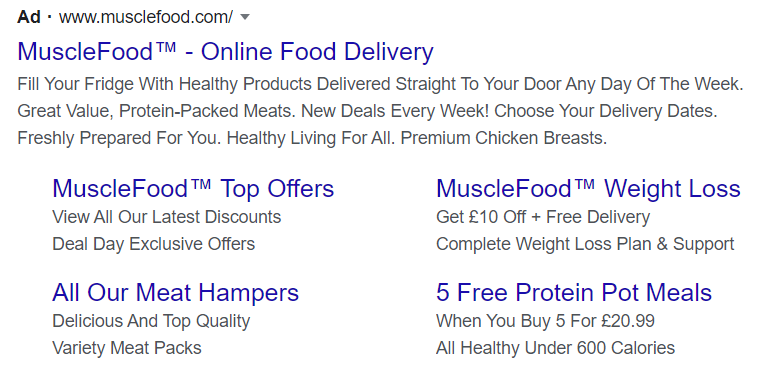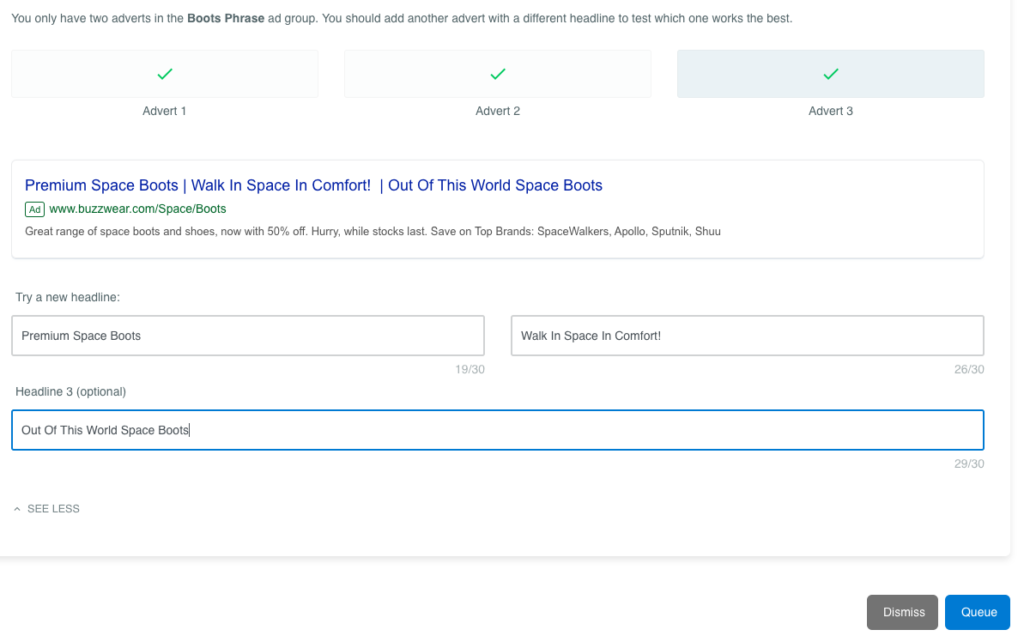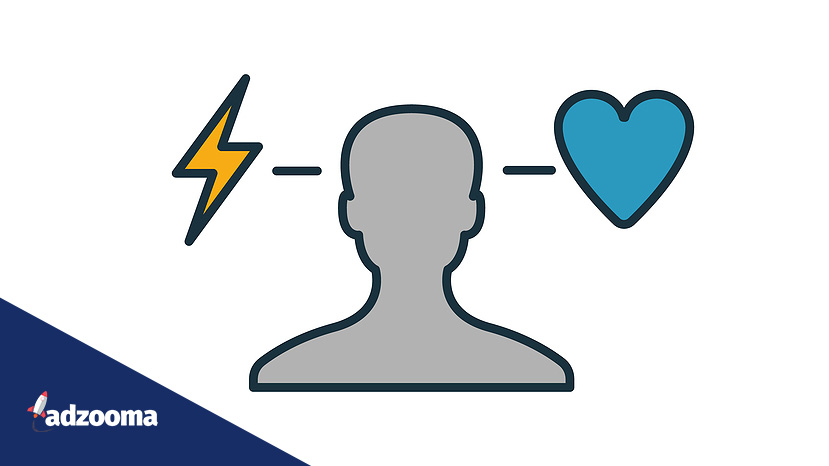From the amount you pay for a coffee to the brands you repurchase every month, behavioural economics plays a part in every single decision. They may seem like simple purchases, but for business owners, they’re choices that reveal significant trends and patterns in consumer behaviour.
For example, Starbucks is more expensive than a lot of local cafes.
But, because they have a strict price image and they articulate themselves to a particular group of businesspeople and influencers, people buy their drinks regardless.
If you can make your brand feel part of a certain lifestyle and instil confidence that it outweighs the cost and benefits of other options, behavioural economics states that you will make people convert.
What is behavioural economics?
Behavioural economics draws on psychology and economics to better understand real customer behaviour. For example, people are more likely to make optimal choices that will provide them with the greatest satisfaction and value. In economics, rational choice theory suggests that people use rational calculations to achieve an outcome that serves their best interests.
However, people don’t always make rational decisions. This theory is often criticised for assuming people have selfish motivations, ignoring social interactions and being culturally biased. After all, humans are often emotional and easily distracted.
To settle this argument and analyse fundamental influences, behavioural economics principles such as the Endowment Effect, Heuristics and Social Proof, aim to identify the effect that psychological factors have on our economic decision-making.
How does it relate to business and PPC?
Barush Labunski, Founder of Rank Secure puts it nicely:
“All online advertising models are designed as such to relate it with everyday problems and tailored according to the behaviour of the people in response. For example, Dunkin’ Donuts differentiated itself from the ambience and product name of Starbucks. Then it increased its prices and charged more for their services. This created an impact in behavioural economics of the people and to differentiate from the masses, they started buying from Dunkin’ Donuts.”
By understanding what motivates a person to move in one direction as opposed to another, and anticipating irrational biases and needs, business owners can ultimately improve the customer experience.
For example, one theory suggests that including a few cheaper options among the products you’re actually trying to sell increases the likelihood of consumers choosing the expensive one. This is because they will view the cheaper alternative as a loss rather than a gain, compared to the product being shown on its own.
In comparison, the best PPC campaigns draw customers in and make them imagine experiencing the benefits of the brand. Advertisers use A/B testing to determine what their customers engage with, just like behavioural economics analyses behaviour, so that they can too improve customer experience.
If ads that included positive testimonials achieved 40% more clicks, the advertiser would have a clear idea of how to increase their conversion rate. In this instance, social proof and PPC advertising work hand in hand.
Consumer advocacy and behavior is paramount for a company to be able to fully achieve its market objectives, regardless of the market setting or location. If a company can track consumer behavior and steer it’s marketing efforts towards that behavior, the result will be a surge in demand and eventually market domination.”
Ian E. McFadden, D.Sc., FACHE, President/CEO, HRM International, Inc.
Apple vs. Sony
Apple uses behavioural economics to dominate the market, build their brand and make people feel part of the Apple tribe. If you’ve got an iPhone or other Apple product, you’ve bought into the luxury hierarchy that Apple breathes.
The image Apple has built its brand upon is enough to influence people under the Halo Effect. Every iPhone, iPad, Mac and watch has exactly the same sleek packaging, upgrading each time with just a different product number. For this reason alone, there’s never an inch of doubt that the devices will live up to their expectations.
You can see this in their PPC ads, which, rather than being extremely sales-like, influences customers through Choice Overload.

“Only at Apple.”
Of course. Because if customers want to buy into the culture they’ve created, they need reminding that there is only one appropriate choice. And that’s Apple.
Laurie Wilkins, Founder of CallOutdoors, told us that these cognitive biases are what sets a clear divide between Apple and its competitors.
She said:
“The brand itself produces products of great quality but misses the mark where the Halo Effect is concerned. Sony has created a disjointed brand that doesn’t offer its users what other brands do.
They have not suffered an annual decline in sales as a result of quality – in fact, the XZ Premium (launched 2017) was one of the most powerful phones on the market at the time, but the brand did not offer its consumers the opportunity to integrate this amazing piece of tech into their lifestyle (and other tech entertainment products) and subsequently saw sales figures unbefitting of such a great device”.
This has never been the case with Apple.
Apple’s products are designed to slot into their customers’ lives, giving them a sense of belonging as soon as they make a purchase.
But, you don’t have to be just like Apple to achieve success. Apple has built an empire using a number of behavioural economics that could work for your brand. If you want to make a statement like them, you just need to focus on the details. Here’s a variety of behavioural economics that could improve your business.
Applying behavioural economics to PPC
As the CEO and Founder of MotionCue, Osama Khabab tells us, “marketing is all about using customer behaviour to your advantage. These days we have so much data available that it can be used to market the right product to the right audience at the right time.”
To help you use this data effectively, each of these examples will give insight into PPC ads that are running right now.
1. Social proof
Social proof is the theory that customers look to others for what to buy and what services to use. If your friends or family regularly use a certain brand, you’ll be more likely to use it yourself.
To apply social proof to your business, all you have to do is show that other people are buying, using and recommending your products. Make people feel like they’re part of your club, that they’d be silly not to try your brand when so many other people are happy with it. Reassure customers that they can trust you, using the power of reviews to get them on-side.
You have to let people know they aren’t the only ones making the decision. Tell them exactly how many people are using your brand and how many happy customers you’ve got. The result of this will be a feeling of envy or comfort, both of which make people want to be involved.
See this example from The Protein Works:

Seeing an excellent star rating, large number of reviews and that they’ve shipped over 1 million orders is the perfect tactic to dramatically increase sales through reassurance.
The only way you can get star ratings into your ads is by using a platform like Trustpilot, and you can get 15% off all Trustpilot plans if you’re an Adzooma user.
2. Framing
Framing is all about the way you present information. For instance, saying your product is 80% fat-free rather than 20% fat will make people believe it’s a healthier option.
Supermarkets that organise products according to customer preference, rather than price, are also more likely to make high-end sales. If customers could clearly see the higher price points of their favourite items amongst cheaper options, they might see people make more rational decisions.
The same applies to marketing and PPC.
Here’s an example from MuscleFood:

The brand has used descriptions and sitelink extensions to show the benefits in multiple ways.
For example, “Fill Your Fridge With Healthy Products” assures people all of their shopping will be taken care of and they won’t be tempted by unhealthy snacks. “All Healthy Under 600 Calories” essentially says the same thing, but is framed in a way that makes people visualise eating fewer calories than usual. It’s what makes people convert.
To make sure you aren’t missing out on opportunities like these, the Adzooma platform automatically generates smart suggestions for your account. Add new keywords, add a promo extension and test new headlines all in a few clicks:

What’s more, it’s completely free to use. See what opportunities are waiting for you here.
3. Scarcity
If you want to urge people to buy your products, you need to make them think they’re going to miss out. Brands have been doing it on their websites and in their advertising campaigns for years.
From businesses that sell mattresses:

To bedroom furniture:

And women’s parka coats:

It’s an excellent technique to include in PPC headlines as they appear at the top of the search results whenever people are looking for products. If no one else has a sale on, it could be the nudge they need to convert and the benefit that sets you apart from other brands. For more inspiration, take a look at these 5 brilliant PPC campaigns.
Whether it’s a seasonal promotion or you’ve just got a few items left after Black Friday, it all contributes towards getting more sales.
4. Anchoring
Anchoring is a cognitive bias based on the idea that irrelevant information impacts decision making. It was first discovered by Tversky and Kahneman in 1974 when analysing the concept of rationality.
In one experiment, participants were asked to estimate the percentage of African nations that are members of the United Nations. Group A was asked if the figure was higher or lower than 35%, and group B was asked if it was higher or lower than 65%. Participants in the first group gave much lower estimates, proving that people take surrounding context and information into account without even realising.
Similar effects have also been found in pricing, negotiation, lotteries and gambles, and more, causing the principle to become an effective advertising technique. If people are influenced by irrelevant information, creating an environment where A always looks better than B will help to sell your product.
See this example:

16% less doesn’t sound a lot on its own, but being able to see the new price compared to the old one makes it much more desirable.
Become a behavioural economics success
Businesses have used patterns in customer behaviour to improve sales and reinforce their brand image for years. From Apple using a number of psychological factors to Starbucks exchanging irresistible coffee for extremely high prices, behavioural economics plays a huge part in motivational purchases.
By using customer behaviour strategies in your marketing, you will be able to obtain a better idea of what customers need, how they interact with your products and how you can convince them to buy.
As Chans Weber, Founder and CEO of Leap Clixx concludes:
“Customer behaviour and PPC work hand in hand, especially with very limited word counts and SEO capabilities. Website designers and SEO specialists need to think about how to quickly encourage users to become paying customers.
Whether that’s through the use of adjectives to simply describe the product or service or make it seem as if it’s a necessity to purchase the product or service as it will improve the way they live.”




